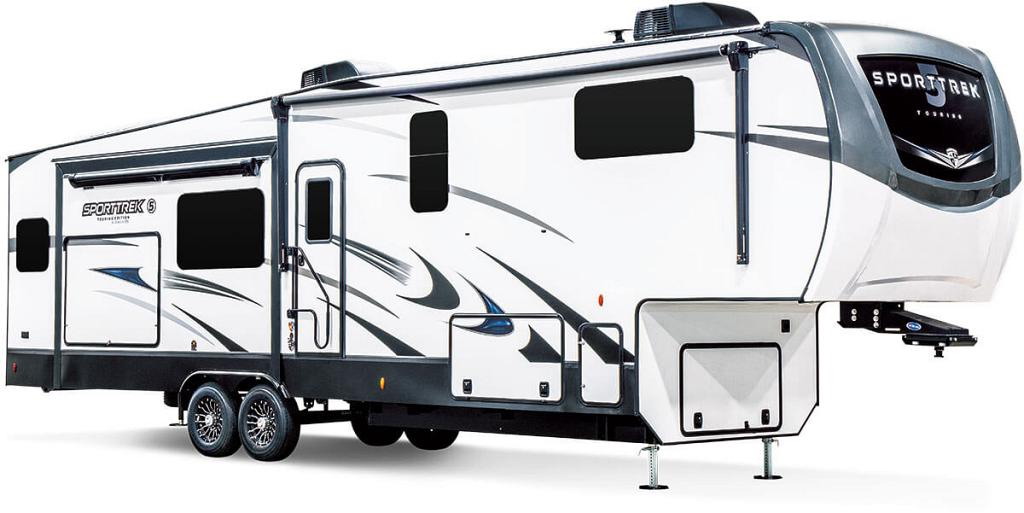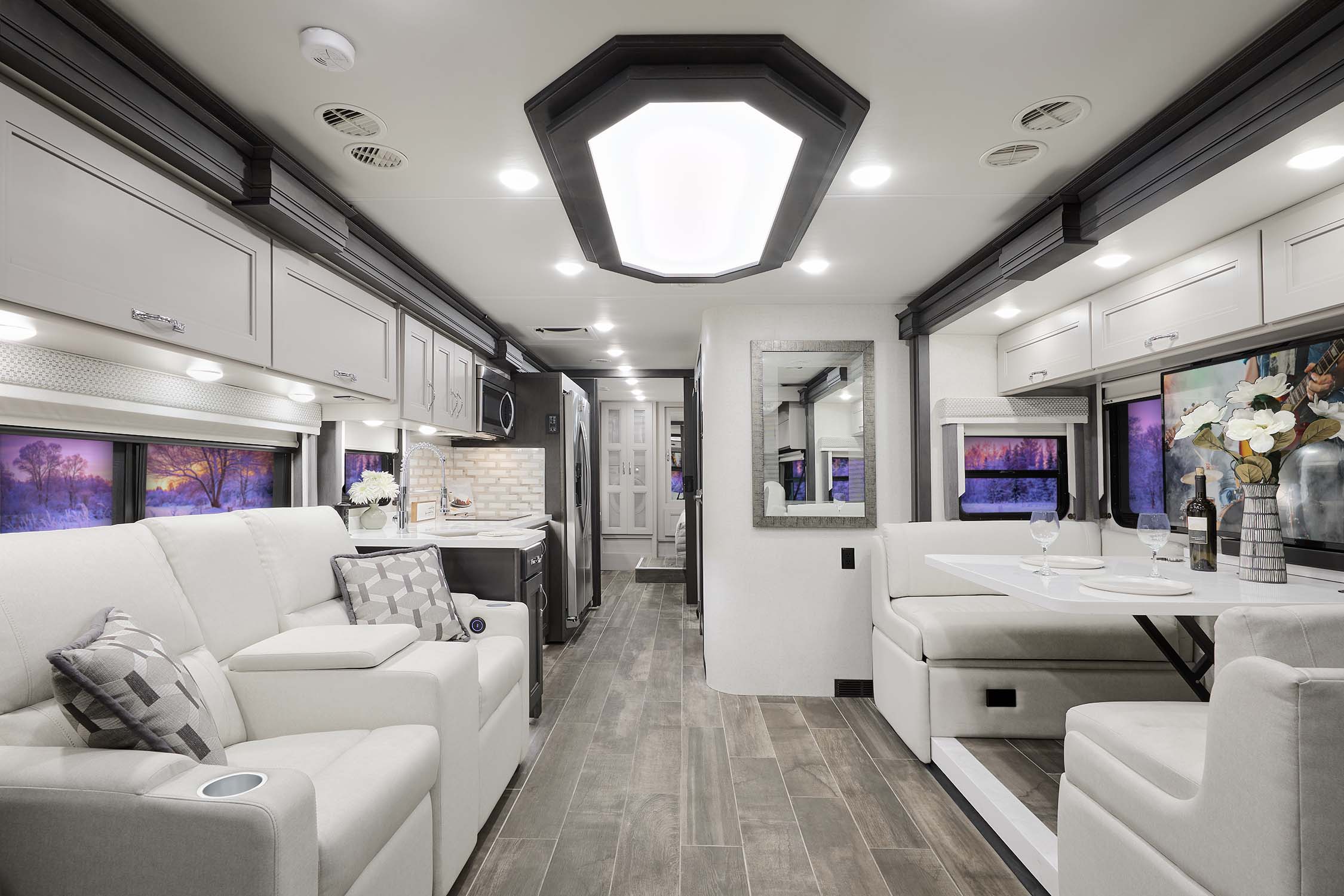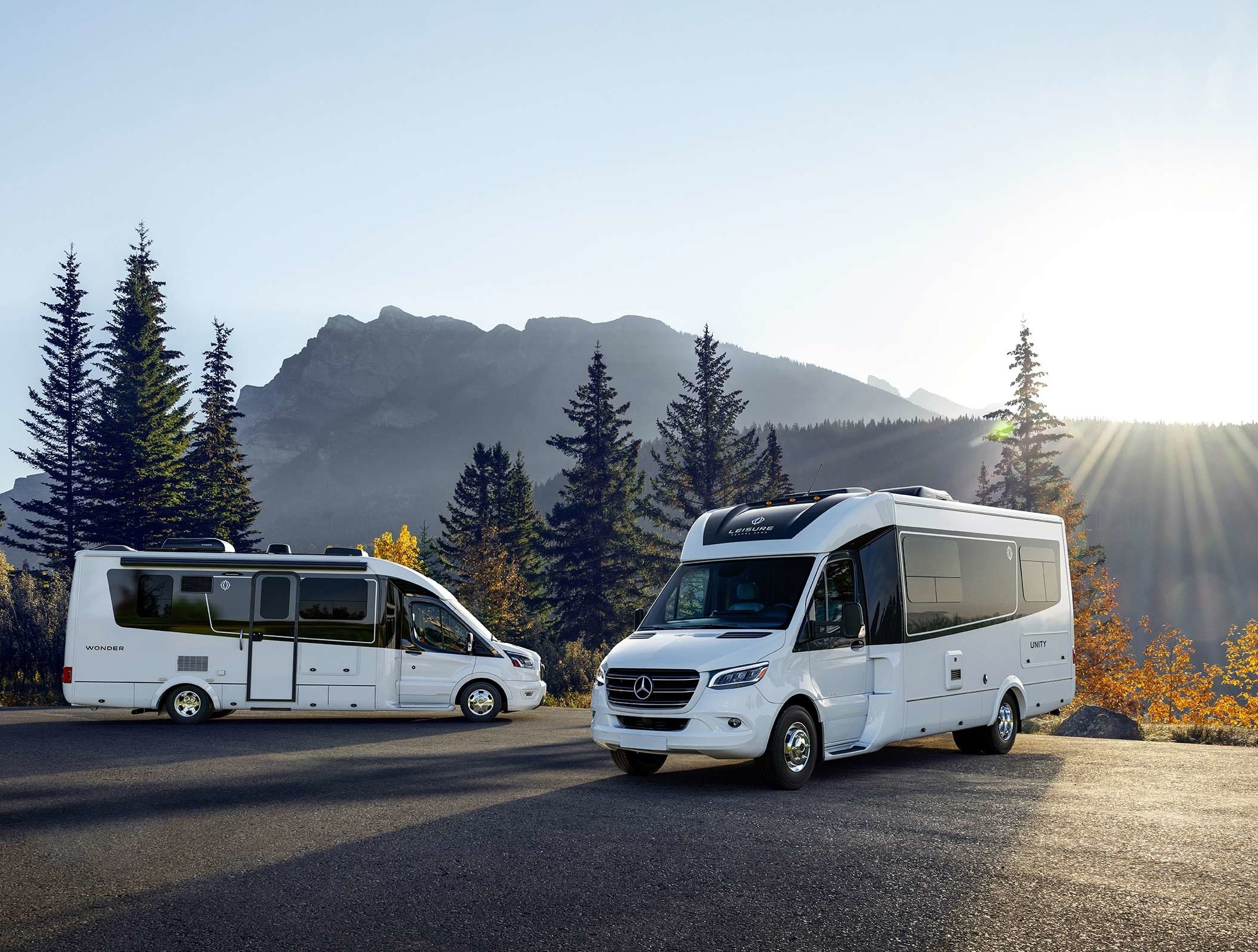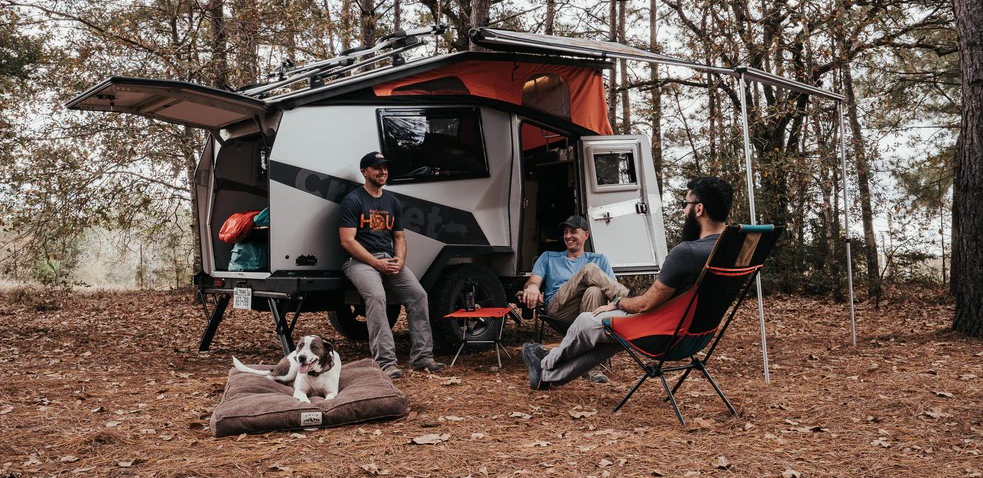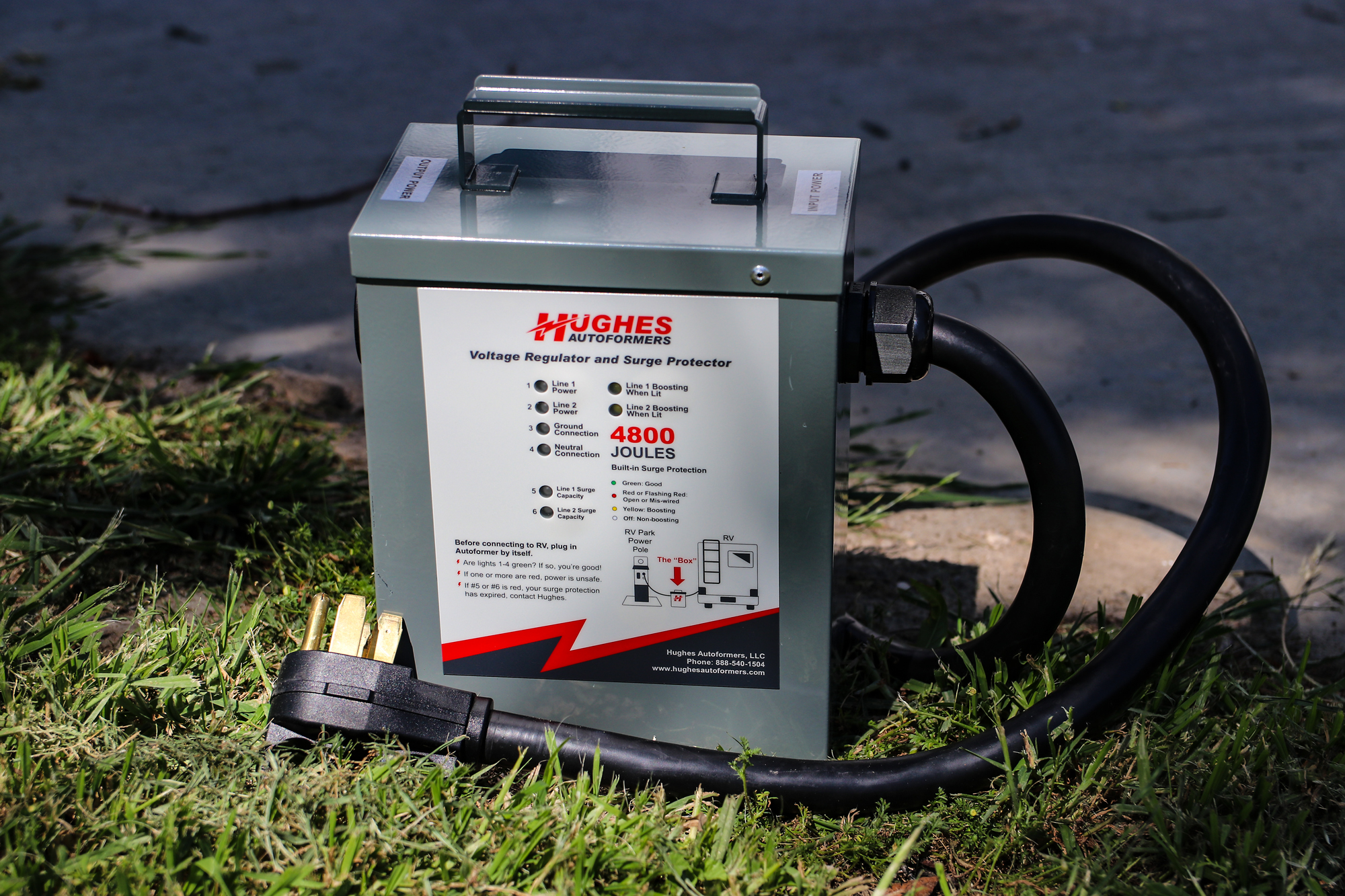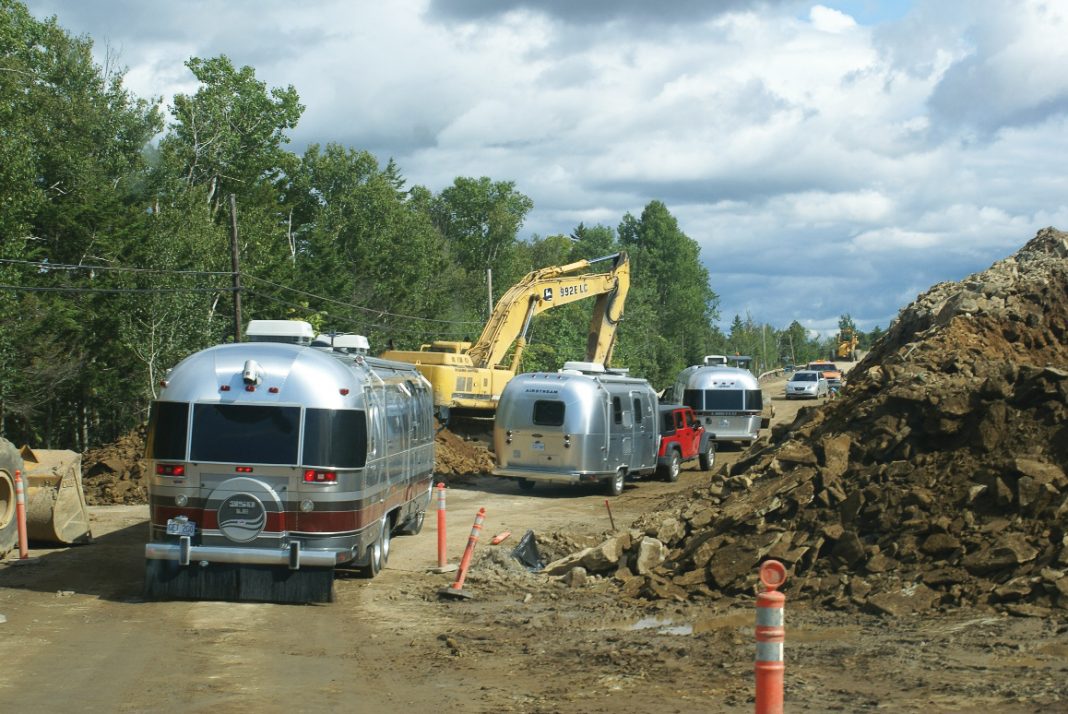Hello Andrew:
Thank you for your presentation at the recent RV Show at the International Centre. I definitely found your session to be most informative.
You mentioned that you may have an article that explains some of the points that you covered. One question I missed asking – are there advantages or drawbacks to front wheel, rear wheel or all-wheel drive vehicles?
Thanks
Ed N
Hello Ed:

That is a great question: which is better front wheel drive, rear wheel drive, or all wheel drive? Each system has its advantages and disadvantages.
Front Wheel Drive
The first front-wheel drive American car was the 1937 Cord, which was too cool for words! The next front wheel drive vehicle hit the market 29 years later – the 1966 Oldsmobile Toronado. The Oldsmobile was also a very cool car and it quickly earned a reputation as the best handling tow vehicle you could buy. At the time, everyone chalked up the great towing characteristics to the fact that the Toronado was a front wheel drive design, but today we know that it was likely due to the shorter rear overhang, reduced un-sprung weight, uni-body construction, and special firm sidewall tires.
The first front-drive cars we towed with extensively during that era were 1987 full-size GM models such as the Olds 88/98, the Buick Park Avenue, and others on the same chassis. These cars had many innovations that made them by far the best tow vehicles we had used up to that point in time. The amazing handling was due to shorter rear overhangs, independent rear suspension and rack and pinion steering, and these features were eventually enhanced by the use of 16” wheels with fairly aggressive handling tires.
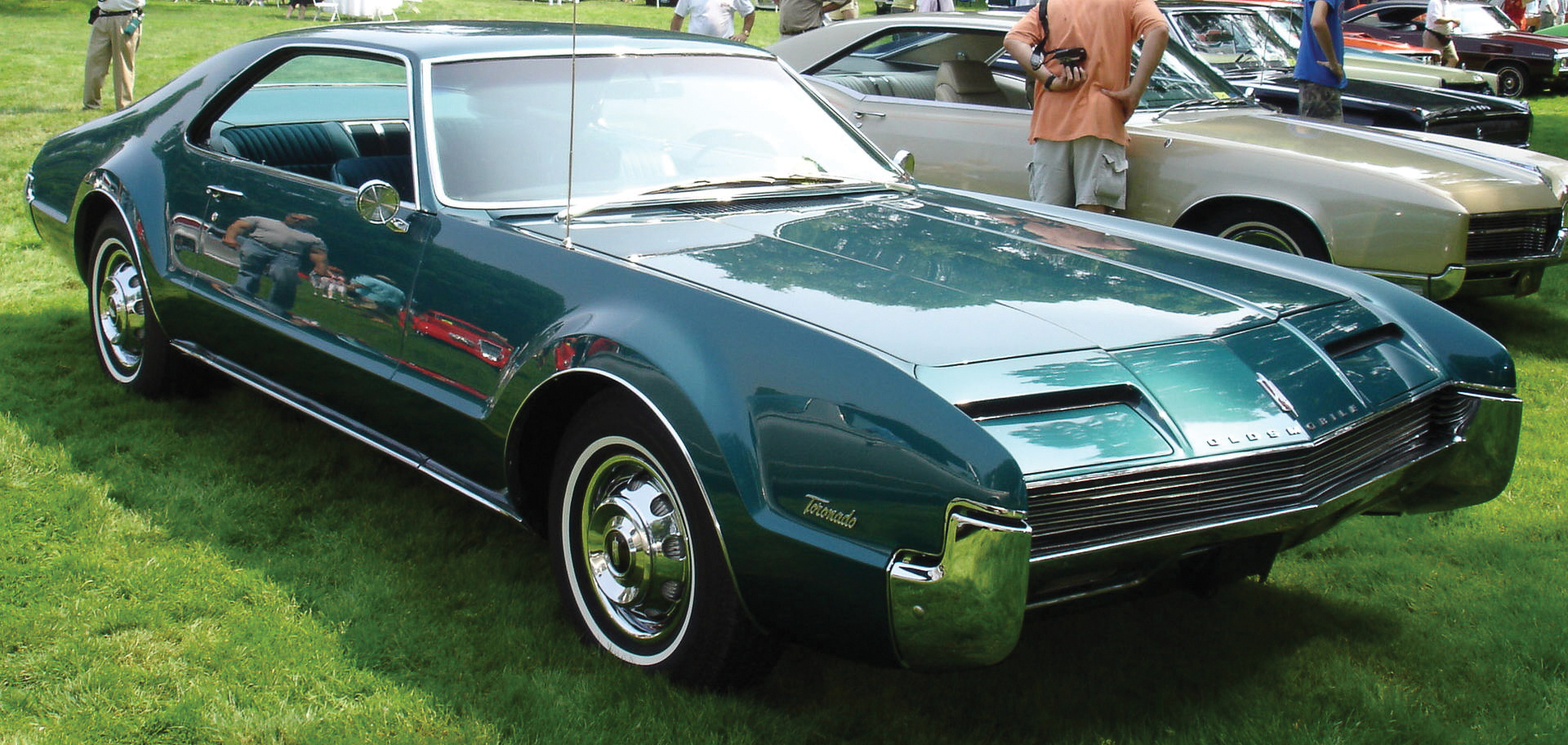
When we got our first ‘87 front wheel drive tow vehicle we were immediately impressed with the performance, mileage, and handling, but the big question everyone had was “would the front drive transmission hold up?” As it turns out, the transmissions held up just fine and the drivetrain never became an issue on the few hundred tow vehicles we put hitches on. Since then, we have set up thousands of front wheel drive vehicles for travel trailer towing.
Actually, the most common driveline problem on tow vehicles is overheating of the rear differential on rear wheel drive vehicles. There are no sensors to monitor the rear axle temperature, and as engine power has increased, the rack and pinion sizes have pretty much remained the same size. In the old days, if you were towing in a headwind, the lack of power forced you to slow down – but with the powerful motors available today you can easily tow at 110 KPH in a headwind.
Continuously putting this much power through the rear axle can overheat it. It is also possible that the aerodynamic characteristics of towing a trailer close behind the tow vehicle may create a back pressure under the back of the truck and this might reduce the airflow over the axle, reducing the cooling effect of the normal airflow. This seems to be more of an issue when the bottom of the trailer is lower than the chassis of the truck. With a front wheel drive system, the final drive gearing is part of the transaxle, so it is cooled by the transmission fluid and this effectively eliminates the issue. Front wheel drive cars also have a little less power loss in the drivetrain, so they are slightly more fuel efficient than the rear wheel drive vehicles, and the chassis layout can often have less rear overhang.
The other concern many people had about front wheel drive was traction when towing, but this was never a concern for me, as I knew that with the proper weight distribution hitch, the front wheels would have more weight on them than the rear wheel drive cars did, and as it turned out, traction was better than the rear wheel drive models like the Chevrolet Caprice of the day.
One thing I like about the traction with a front wheel drive vehicle is that if you are pulling out of a gravel driveway onto a busy road with a rear wheel drive tow vehicle, you really can’t step on the gas hard until you get the back wheels up onto the asphalt. With a front wheel drive vehicle, as soon as the front tires are on the pavement you are good to go. I also find this technique handy in campgrounds with grass sites and gravel roadways. You can back into a campsite with the front tires on still on the gravel, so when you are ready to leave you are not trying to pull away on wet grass. Of course, front drives are generally better in snow etc. as solo vehicles.
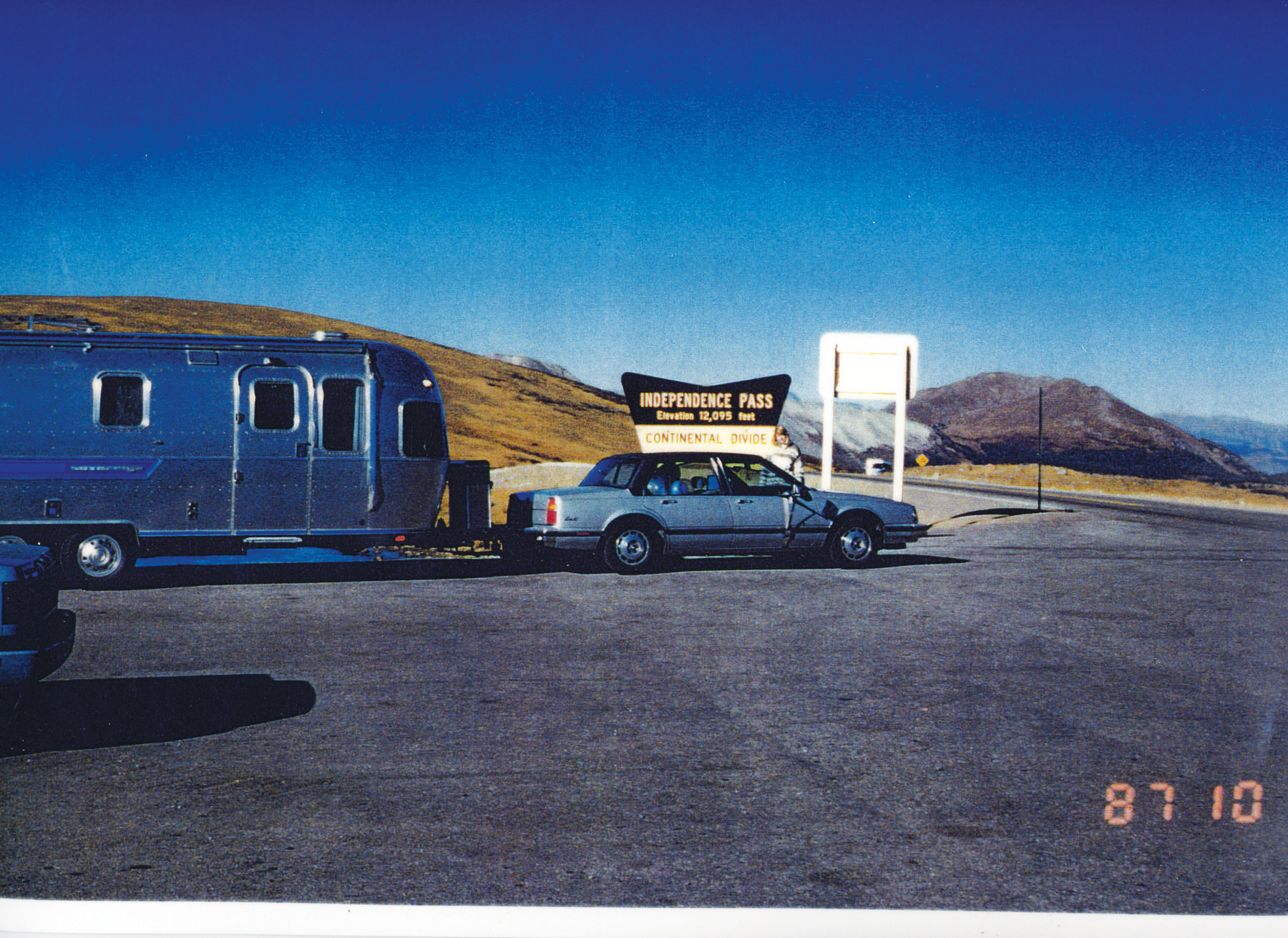
Rear Wheel Drive
One of the main reasons we started using front wheel drive tow vehicles was to get independent rear suspension. Our first rear wheel drive tow vehicle with independent rear suspension was the 2005 Chrysler 300, and later Cadillacs switched to rear drive with independent rear suspension… many high-end European cars always had this feature.
Of course, all pickups are rear drive unless 4×4 is engaged, and this is also true for some SUV’s. The crossover SUV’s that are so popular today, are actually front-drive chassis with the rear drive added-on to get what the automotive industry likes to call All Wheel Drive.
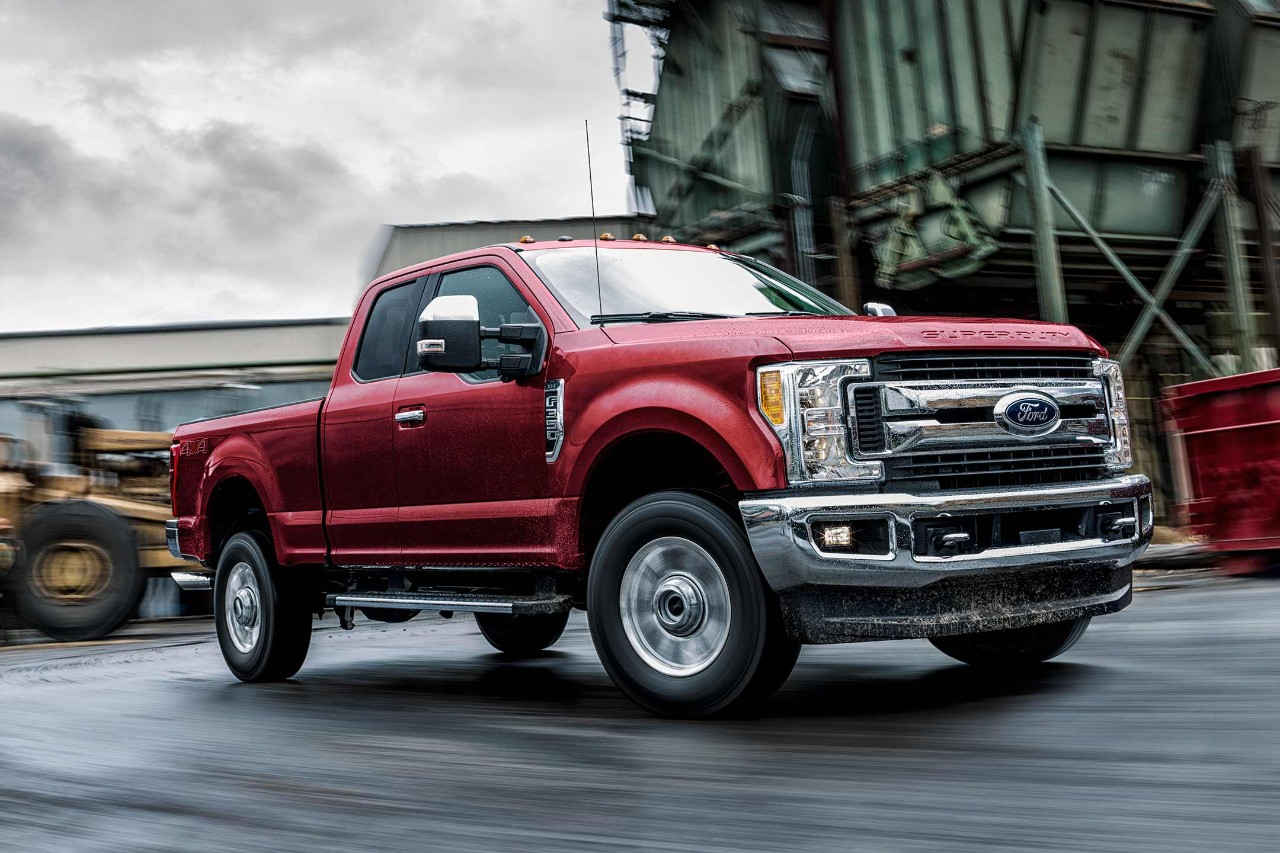
Rear drive can sometimes give you more power out of the same engine because it is easier to route the engine exhaust for better breathing. For example, the front to rear mounted 3.6 Litre engine in the Chrysler 300 or Durango produces 300 horsepower, the same engine mounted sideways in the Dodge Caravan only produces 283 horsepower.
Basically, the decision to tow with a front wheel drive or rear wheel drive vehicle is a “six of one, half a dozen of the other” situation, as both drive systems can work well.
All Wheel Drive vs 4-Wheel Drive
The decision to go from rear wheel drive to All Wheel Drive is more often based on solo driving than towing, especially with a pickup truck. In snow, a rear wheel drive pickup is not very good, as the back tires carry very little weight. Three-quarter ton pickups with their hard tire tread compound can get stuck surprisingly easily. Similarly, we have noticed that some of the larger crossover SUV’s that are front wheel drive, and some front wheel drive vans leave a bit to be desired in the way of traction in the snow.
When the solo vehicle weighs 6000 pounds loaded, front wheel drive loses some of its traction advantage. When you are towing, it is much less important, because when you are towing a fifth wheel you are adding 1500 – 3500 pounds on the drive wheels. If you need extra traction when towing a travel trailer in the snow, you can reduce the weight distribution adjustment or even remove the torsion bars and this will add hundreds of pounds to the rear axle. If your trailer has 800 pounds of hitch weight, this short-term trick can add around 1200 pounds to the rear axle without the torsion bars. With a front wheel drive, you can do the same thing in reverse – you can bring the bars up an extra link to add weight forward. In either case, only drive at low speeds with the hitch misadjusted!
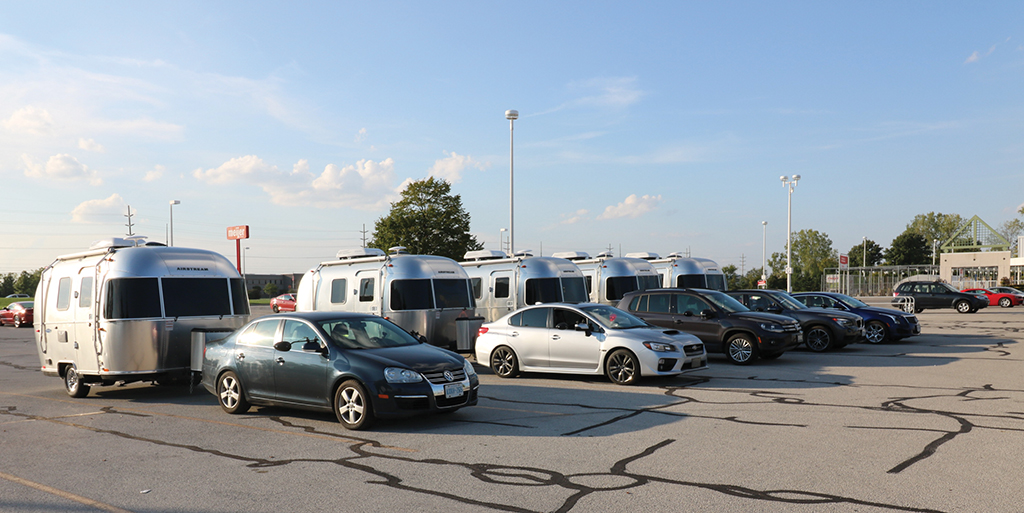
So, for many people, four-wheel drive is not all that necessary for towing.
Drive to all four wheels can be accomplished in one of two ways. All Wheel Drive is going to be either a system that powers all four wheels all the time, or an automated system that detects slip on the drive wheels and instantly engages the other two. The more traditional 4×4 drive system will have a switch that allows you to choose when four-wheel drive is engaged, although most of the 4×4 vehicles now have a position for automatic engagement. These vehicles will generally have a low range position as well.
For serious off-road use, or when you anticipate lots of travel in deep snow, the low range is certainly a big asset. Low range usually locks the transfer case between the front and rear axles as well.
For most of my life, I have towed with front or rear wheel drive vehicles, partly because 30 years ago you gave up independent front suspension and substantial fuel economy to get all-wheel drive. Today, the only live axle front suspensions left are Ford and Ram three-quarter and one-ton pickups, and everything else that offers 4×4 drive has independent front suspension, even Jeeps. There is still some fuel economy loss, with nothing like the old days. Today, most 4-wheel drive systems are only going to cost you 1-2 Litres per hundred km on the highway, and about 1 Litre per hundred km around town. Still, this will continue to be the biggest cost of owning an AWD over the life of the vehicle.
One downside to All Wheel Drive is that it can mask your awareness of road conditions in the winter. Two years ago, we were coming home from California on a two-lane stretch of Highway 60 through eastern Arizona. I did not realize before we headed along this route that most of the road was over 6000 feet elevation, and we were heading into a snowstorm. I was towing with our rear wheel drive Chrysler 300 with 50% worn all-season 20” low profile tires, hardly a recipe for good traction in snow. Highway 60 runs through the middle of nowhere, so turning around was not an option, so I just kept gingerly driving along, balancing the rear traction and maintaining enough momentum to climb the gradual hills. While I was able to navigate the roads even in winter conditions, at one point we came around a corner and saw a large valley about 3 miles across, and there were several vehicles in the ditches, including a transport, a Jeep, and a Hummer. Though the road was very slippery, we were able to gently build a bit of momentum on the downslope, and this helped us climb the hill and get out of the valley. The people in the 4×4’s were likely not aware how bad the road conditions were until it was too late.
Having the trailer behind you helps with stability on snow. If I was driving an AWD would I have wound up the ditch? Possibly, but I am sure I would have crested the hill before the valley quite a bit easier.
Still, at times all-wheel drive can be handy – for example, on gravel roads, or if you live in hilly country with lots of snow, it is a no-brainer – just drive it like it is a 2 wheel drive and it won’t get you in trouble.
One other thing to think of when driving on surfaces where the traction is compromised is to plan ahead when pulling off the road. It is not unusual in the winter to be on a clear expressway, but have snow-covered parking lots and side roads. Before pulling into a parking lot, plan what your exit will be and then try and stop the car while you are still pointing downhill, so you can get rolling again. I remember being in Kentucky in an ice storm, and people had driven into downhill parking spots in front of a restaurant – of course, when they came out they discovered that they could not back out of their parking spots! I stopped well out in the parking lot, with my rig pointing downhill.
So, if you don’t really need All Wheel Drive, you will certainly have lower operating costs and a simpler vehicle. Another way to look at it is if you add up the additional fuel, the option cost, and the extra maintenance, you could call a tow truck a couple of times a year and still be well ahead financially.






